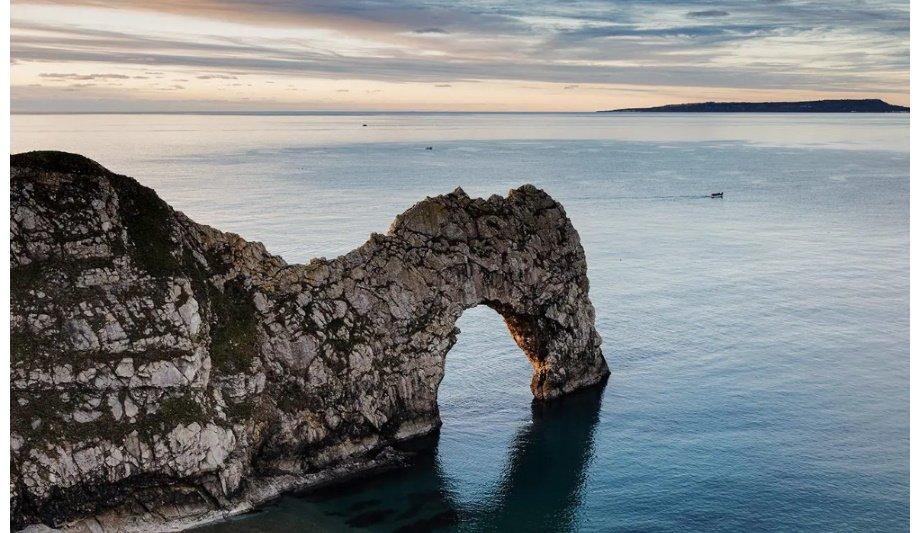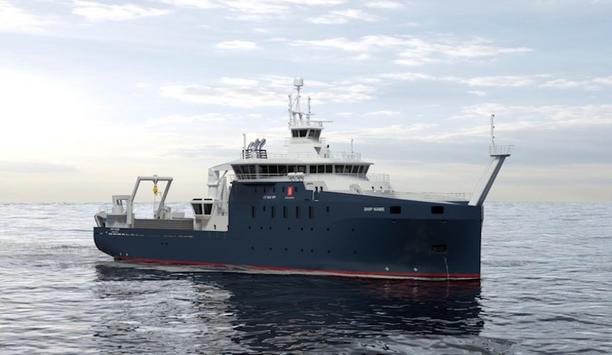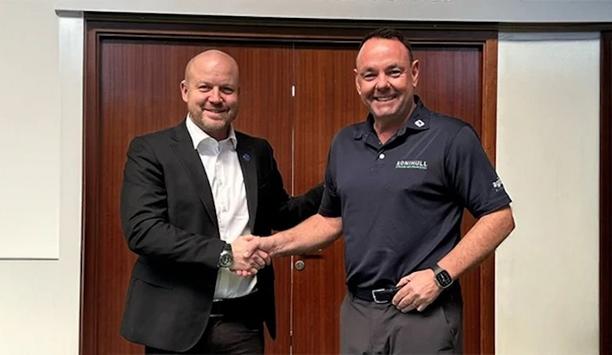The ocean covers 71% of the Earth’s surface, hosts a major portion of the planet’s biodiversity, provides the world with food, energy, transport, and recreation, as well as playing a vital role in regulating the water and carbon cycles, while producing half the oxygen we breathe.
‘Blue economy’
The global ‘blue economy’ contributes US$ 2.5 trillion a year in economic output (equivalent to world’s seventh-largest by GDP) and is expected to expand at twice the rate of the mainstream economy, reaching US$ 3 trillion a year by 2030.
The largest ocean economy sectors include offshore oil and gas, maritime and coastal tourism, maritime equipment and ports. The largest employers are industrial capture fisheries, with over one-third of the total, and maritime and coastal tourism, with almost one-quarter of the total.
Strong growth forecast for marine aquaculture, shipbuilding
Strong growth is expected this decade in marine aquaculture, offshore wind, fish processing, and shipbuilding and repair. In 2030, the ocean economy is anticipated to be responsible for 40 million full-time equivalent jobs.
A brief tour of the ocean economy highlights just how much the world depends on the ocean to provide:
- Healthy protein from fisheries, with 4-5 million fishing vessels, and from fish farms, with aquaculture growing 7% per year in the past decades and now producing 50% of seafood.
- Fisheries and aquaculture providing direct or indirect employment to 10-12% of the world’s population, with more than 90% of those employed, located in developing countries.
- 90% of international trade through cost- and carbon-efficient delivery via 50,000+ merchant ships crisscrossing the globe.
- Growing offshore energy sources that supply about 30% of hydrocarbons, a rapidly increasing amount of wind energy, and major wave and current energy potential.
- 98% of international telecommunications carried on more than 1.2 million km of submarine cables.
- Recreation and tourism options for every ocean interest, with cruise tourism growing at 8.5% per year, in pre-pandemic decades.
- Desalinated seawater to live in the booming global coastal cities, with desalination supplying 90% of the freshwater in some countries.
- Ports and coastal infrastructure that all countries depend on for trade and growth.
- Exploration and technology to discover and document the deepest darkest corners, furthest reaches and extreme conditions of the ocean.
- Much else that sustains the modern life and growing populations.
Ocean sustainability affected by human use of ocean resources
However, human use of ocean space and resources is affecting ocean health and sustainability. Often, the effects of sea-based activities are also accompanied by much more significant land-based sources of impacts, such as municipal wastes, agricultural runoff, and plastics.
Ocean industries operate in a fluid, three-dimensional and interconnected ocean
Ocean industries operate in a fluid, three-dimensional and interconnected ocean. This means industry’s activities, responsibilities, and impacts are also interconnected, as must be the industry sustainability efforts.
For such a significant component of the planet and the global economy, and with the impacts and threats to its future, the ocean is under-funded. Of the 17 UN Sustainable Development Goals, SDG14 on the conservation and sustainable use of the ocean and its resources, attracts the joint lowest share of investment (3.5%).
Balance between ‘blue growth’ and healthy marine environment
Achieving a balance between ‘blue growth’, jobs and a healthy marine environment will largely be based on addressing the opportunities and challenges faced by the diverse and extensive, existing ocean activities. Existing kinds of ocean use are expanding in intensity, duration and geographic extent.
New ocean uses will be coming into effect, in the next few years and decades, for example - offshore renewable energy, decarbonisation, CO2 sequestration, and marine genetic resources use. This creates a compelling business case for leadership, collaboration and action in tackling ocean sustainable development, and for finance and innovation, by impact entrepreneurs.
Technology holds the key to ocean sustainability
One area that could hold great potential for improving ocean sustainability is technology. While emerging areas, such as renewable energy are technologically advanced, there is a lot of potential in areas, including fisheries, aquaculture, shipping and tourism.
To further develop the blue economy, a combination of different types of sustainable finance are being used, including philanthropic grants, impact investment, seed investment and bond issuances. These instruments are intended to cover the initial costs of developing collaborative management partnerships that will generate returns.
Investments need to meet social and environmental goals
The blue economy requires investments to meet social and environmental targets, as well as financial ones
Unlike traditional investments, which are mainly driven by financial returns and the overall portfolio performance of partners, the blue economy requires investments to meet social and environmental targets, as well as financial ones. Collaboration is an important part of this. Start-ups in the maritime economy often need help getting their foot in the door, as the market can be slow to implement new developments in technology.
Intermediary organisations are playing a key role in connecting financial institutions with ocean sustainability needs and efforts. Current investments in the blue economy include collaborative partnerships to advance innovative finance solutions, for marine protected areas, development of sustainable fisheries, and covering start-up costs, for businesses creating technological advancements, which are aimed at improving sustainability.
WOC’s ‘Ocean Investment Platform’
The World Ocean Council’s (WOC) ‘Ocean Investment Platform’ is linking ocean industries, innovators, and investors, to accelerate investment in ocean sustainable development.
This includes: a) the ‘Ocean Investor Roundtable’, which brings together the growing number of funds dedicated to investing in ocean sustainable development opportunities and b) the ‘Global Blue Economy Innovation Initiatives Network’ to connect and catalyse synergies among the growing number of about 100 ocean sustainability-related accelerators, incubators, challenge competitions, and startup hubs.
Connecting innovators with ocean challenges and the market
The Ocean Investment Platform connects innovators with: a) the ocean challenges and issues of sustainable development, b) the market, i.e. corporations that are faced with these challenges and are looking for solutions, c) the drivers for change, for example - regulation, policy, public pressure, social license, etc., and d) the global ocean investment community.
The investors involved have prioritised the development of a comprehensive Ocean ESG/impact framework (i.e. metrics, indicators, monitoring, etc.), which is under development by the ‘Ocean ESG Task Team’.











